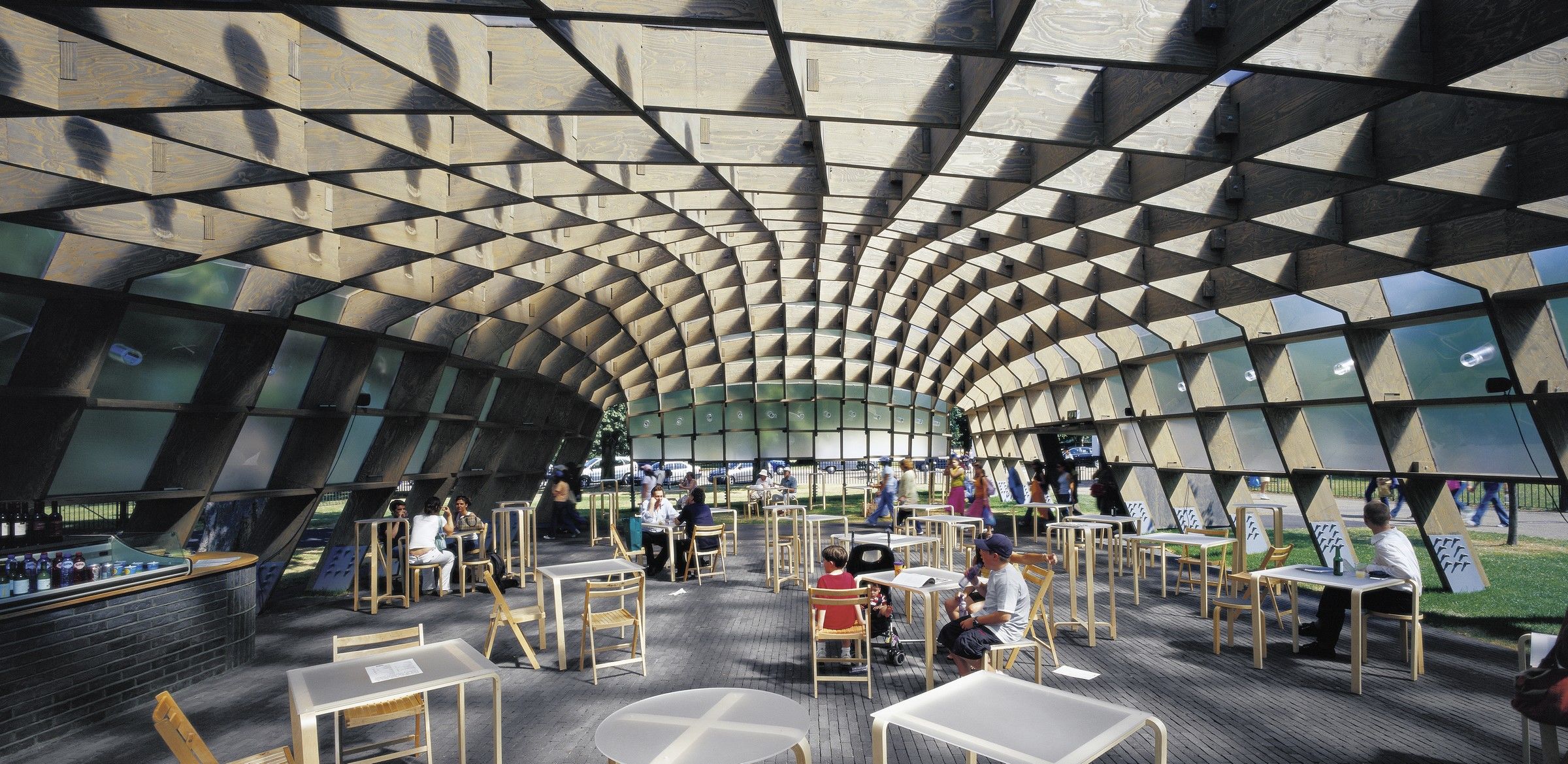
What is climate responsive architecture? It refers to designing buildings that respond intelligently to the surrounding climate by adapting form, material, and systems for maximum efficiency. This approach helps architects create carbon neutral buildings that consume less energy while maintaining comfort and performance.
According to NREL, buildings account for 40% of total U.S. energy use and about 35% of carbon emissions. By integrating algorithmic thinking into design workflows, architects can analyze environmental data and simulate outcomes before construction. This method transforms sustainability from an afterthought into a design foundation.
What is Climate-Responsive Architecture?
Climate-responsive architecture merges local climate knowledge with modern technology. It’s not just about green materials, it’s about designing forms that react to sunlight, airflow, and temperature changes. The goal is to reduce dependency on mechanical systems and move closer to how to make a building carbon neutral while using passive and active strategies.
Whether it’s orienting windows to capture winter sun or using algorithms to test facade patterns, every design decision is rooted in environmental performance. This way, sustainability becomes measurable and adaptable, not theoretical.
Understanding Climate-Responsive Design
Climate-responsive design builds a relationship between nature and architecture. It relies on real-world data, solar paths, rainfall, wind patterns, and humidity to guide every stage of development. When designers apply algorithmic design in architecture, they can automate climate analyses, allowing quick exploration of solutions that balance form, function, and sustainability.
Key Principles
A strong climate-responsive strategy follows several guiding principles that connect science with aesthetics:
- Site Awareness: Study and integrate topography, sunlight, and local weather before defining massing.
- Thermal Efficiency: Use insulation, shading, and orientation to maintain temperature balance naturally.
- Ventilation and Airflow: Encourage passive cooling through cross-ventilation and stack effects.
- Daylighting and Shading: Capture daylight while minimizing glare and heat gain.
These principles lay the foundation for high-performing, sustainable architecture tools that lead to lower energy use and healthier environments.
Role of Algorithms in Climate-Responsive Design

Algorithms play several important roles in making carbon neutral buildings feasible:
- Performance Optimization: They evaluate how form, materials, and systems affect thermal comfort and energy use.
- Data-Driven Design: Algorithms process environmental simulation in architecture data, such as sunlight, wind, and energy loads.
- Automation of Repetitive Tasks: Computational scripts reduce manual modeling, saving time and improving precision.
By integrating these functions within algorithmic design in architecture, professionals can balance creativity with scientific accuracy. Each design decision becomes measurable, efficient, and adaptable.
Tools & Plugins Used in Creating Climate-Responsive Design
The most effective climate-responsive designs use computational tools that integrate geometry with environmental data. Below are leading software ecosystems and plugins commonly adopted in professional practice.
1. Grasshopper + Ladybug
Grasshopper is a visual programming tool for Rhino 3D that works seamlessly with the Ladybug plugin to analyze solar radiation, wind flow, and daylight conditions. Designers can adjust parameters and instantly visualize environmental impacts.
2. Honeybee Plugin
The Honeybee plugin extends Ladybug’s capabilities to simulate energy consumption, HVAC performance, and lighting quality, supporting decisions that move toward how to make a building carbon neutral.
3. Climate Studio
Climate Studio performs real-time daylighting, glare, and comfort analysis, offering architects feedback on how design changes affect building performance.
4. DesignBuilder
DesignBuilder is a comprehensive energy modeling tool that lets designers simulate envelope performance, natural ventilation, and renewable integration.
5. Autodesk Insight
Autodesk Insight integrates with Revit, using cloud computing to run environmental simulation in architecture scenarios at early design stages.
These sustainable architecture tools enable collaboration between design teams, engineers, and consultants, making it easier to achieve both visual and performance goals.
5 Real-Life Examples of Climate-Responsive Architecture

To understand what is climate responsive architecture in real practice, here are ideal global projects that use algorithms and data-driven processes to achieve carbon efficiency.
1. NASA Sustainability Base, California
A net-zero energy building that uses automated shading, solar tracking, and predictive energy systems. Its design integrates passive principles with computational modeling for year-round efficiency.
2. Colorado Court Housing, Santa Monica
Among early climate responsive architecture examples, this affordable housing project uses solar orientation and renewable systems to achieve near-zero energy consumption.
3. Bullitt Center, Seattle
Known as the “greenest commercial building in the world,” it uses rainwater harvesting, cross-ventilation, and solar optimization algorithms to maintain net-positive performance.
4. Pixel Building, Melbourne
This is an office space optimized through algorithmic design in architecture, using advanced facade analysis for daylight control and carbon offset integration.
5. Passive House Projects, Germany
These represent performance-driven models that apply computational tools to refine insulation, air sealing, and heating loads for maximum efficiency.
Together, these examples show that computational thinking and sustainable architecture tools can bring theory to reality, delivering measurable environmental impact.
Conclusion
Climate-responsive design serves as the bridge between traditional environmental wisdom and modern computational approaches. By integrating Ladybug, Honeybee plugins, and tools like Climate Studio, designers can simulate performance at every stage, leading to verifiable outcomes.
When architects understand what is climate responsive architecture, they realize it’s not just about technology, it’s about responsibility. Using data, simulation, and design logic, the profession is moving closer to global goals for carbon neutral buildings.
To continue developing such data-driven and sustainable approaches, the Master Computational Design course by Novatr offers project-based training and equips architects and designers with the skills necessary to lead the shift toward a smarter, more sustainable built environment.
Visit our resource page to discover how this program can help you build a future-ready architectural career.
Frequently Asked Questions:
1. How can architects design carbon-neutral buildings using algorithms?
By linking geometry to energy simulations, algorithms evaluate material choices, orientation, and systems, helping reduce emissions and energy demand.
2. What are the best computational tools for climate-responsive architecture?
Grasshopper + Ladybug, Honeybee plugin, Climate Studio, and Autodesk Insight are leading tools for environmental analysis and optimization.
3. How does Ladybug and Honeybee help in sustainable building design?
They let architects visualize environmental data, test scenarios, and validate design performance before construction, promoting carbon neutral buildings.
4. Can algorithms optimize building orientation and energy performance?
Yes, through algorithmic design in architecture, scripts analyze multiple orientations, facade designs, and envelope options to enhance overall efficiency.
Was this content helpful to you



.jpg)



